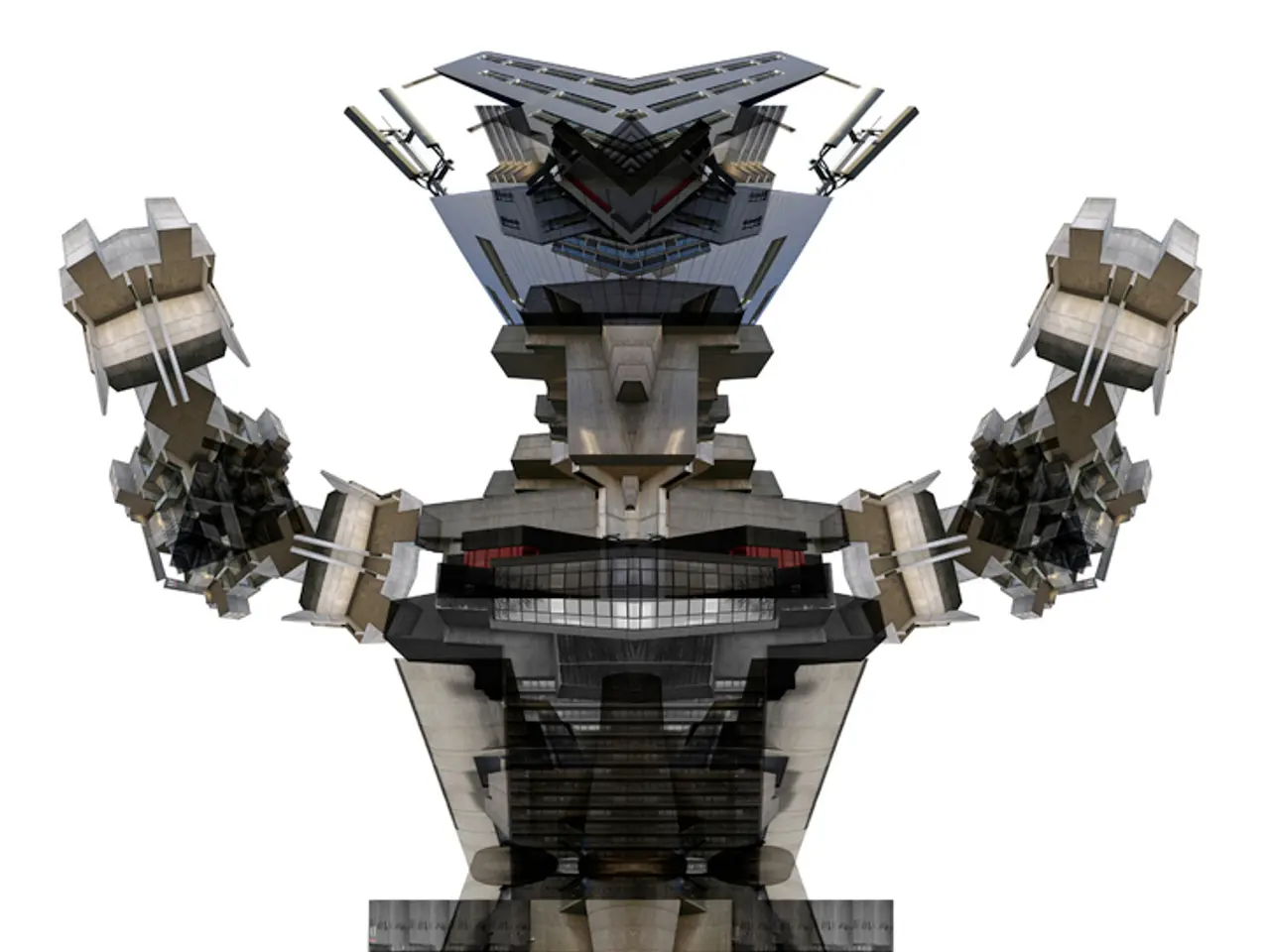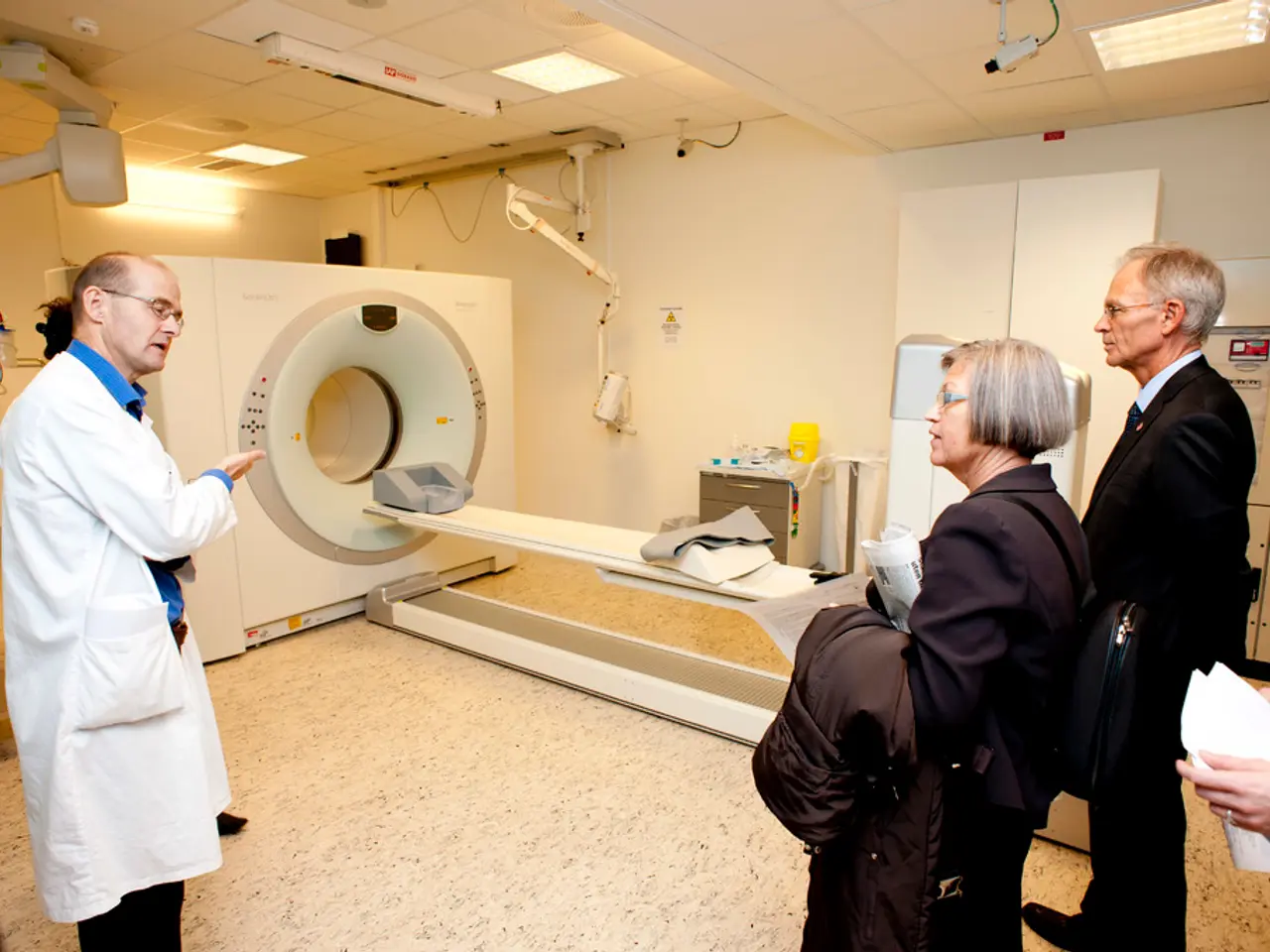Operating Room Advancements with Robotics Leading to Potential Reduction in Patient Suffering
In a groundbreaking development, the use of robotic surgery systems like the Da Vinci robot is transforming the medical field, particularly in interventions such as prostatectomy and nephrectomy. Clinical studies demonstrate that these advanced technologies significantly reduce trauma for both patients and surgeons, leading to improved recovery outcomes and precision.
Key findings from recent studies reveal that robotic-assisted surgery minimizes intraoperative blood loss, reduces surgical trauma, and enables faster postoperative recovery. A randomized controlled trial of 240 patients under Enhanced Recovery After Surgery (ERAS) protocols found that robotic surgery combined with evidence-based nursing care significantly shortened hospital stays, lowered complication rates, and increased patient comfort.
Pediatric robotic surgery cases have shown significantly reduced postoperative pain, minimal scarring, and shorter hospital stays, underscoring broad benefits across populations. Robotic prostatectomy and nephrectomy studies also reveal better oncological precision with fewer positive surgical margins, nerve function preservation (important for continence and potency), and improved functional outcomes.
The integration of AI in robotic surgery further enhances precision by automating routine maneuvers with high consistency, resulting in fewer intraoperative complications and reduced need for repetitive movements. AI-driven predictive analytics also assist surgeons in fine-tuning resections and minimizing tissue damage by anticipating tissue deformation and blood flow changes.
In robotic total knee arthroplasty (TKA), robotic assistance reduces hospital stays by nearly half a day and lowers complication risks such as infections and mechanical failures compared to manual surgery. Although robotic TKA costs more, it is associated with lower mortality and fewer adverse events, implying less trauma and better patient recovery.
The use of robots in the operating room has led to an increase in minimally invasive complex interventions, such as pancreatic head resection, which were previously considered too risky for minimally invasive approaches. This has resulted in significant trauma reduction for patients.
Moreover, robots like Da Vinci enable surgeons to have precise control over robotic arms holding a camera or various instruments, providing high-resolution optics for a realistic 3D image in real-time during surgery. This increased precision and control allows less experienced surgeons to perform more complex operations, expanding their surgical scope.
The clinical impact – the fact that more patients can be operated on minimally invasively, recover faster, and spend less time in the hospital – shows that robotics in the operating room has a greater benefit than can be seen from individual parameters such as the CRP value.
While few studies have been conducted on the effect of OR robots on surgical trauma reduction, the overall consensus supports the conclusion that robotic surgery platforms like Da Vinci, especially when enhanced with AI, reduce surgical trauma for patients and provide ergonomic and cognitive support to surgeons, contributing to improved clinical and functional outcomes.
However, it's important to note that a Da Vinci surgical system costs 1.85 million euros, according to the manufacturer, which may present a barrier for widespread adoption in some healthcare settings.
In conclusion, the integration of robotics and artificial intelligence in the operating room is revolutionizing the medical field, offering enhanced precision, reduced trauma, and improved recovery outcomes for patients. This development is set to redefine the landscape of surgery and patient care in the years to come.
- Robotic-assisted surgery, such as that using the Da Vinci system, has been shown to minimize intraoperative blood loss and reduce surgical trauma, facilitating faster postoperative recovery.
- The incorporation of AI in robotic surgery not only enhances precision but also assists surgeons in fine-tuning resections and minimizing tissue damage, leading to fewer intraoperative complications and improved outcomes.
- The utilization of advanced technologies like robotic surgery and AI in health and wellness industries, such as medical-conditions management and therapies-and-treatments, holds great potential for transforming science and care delivery.




